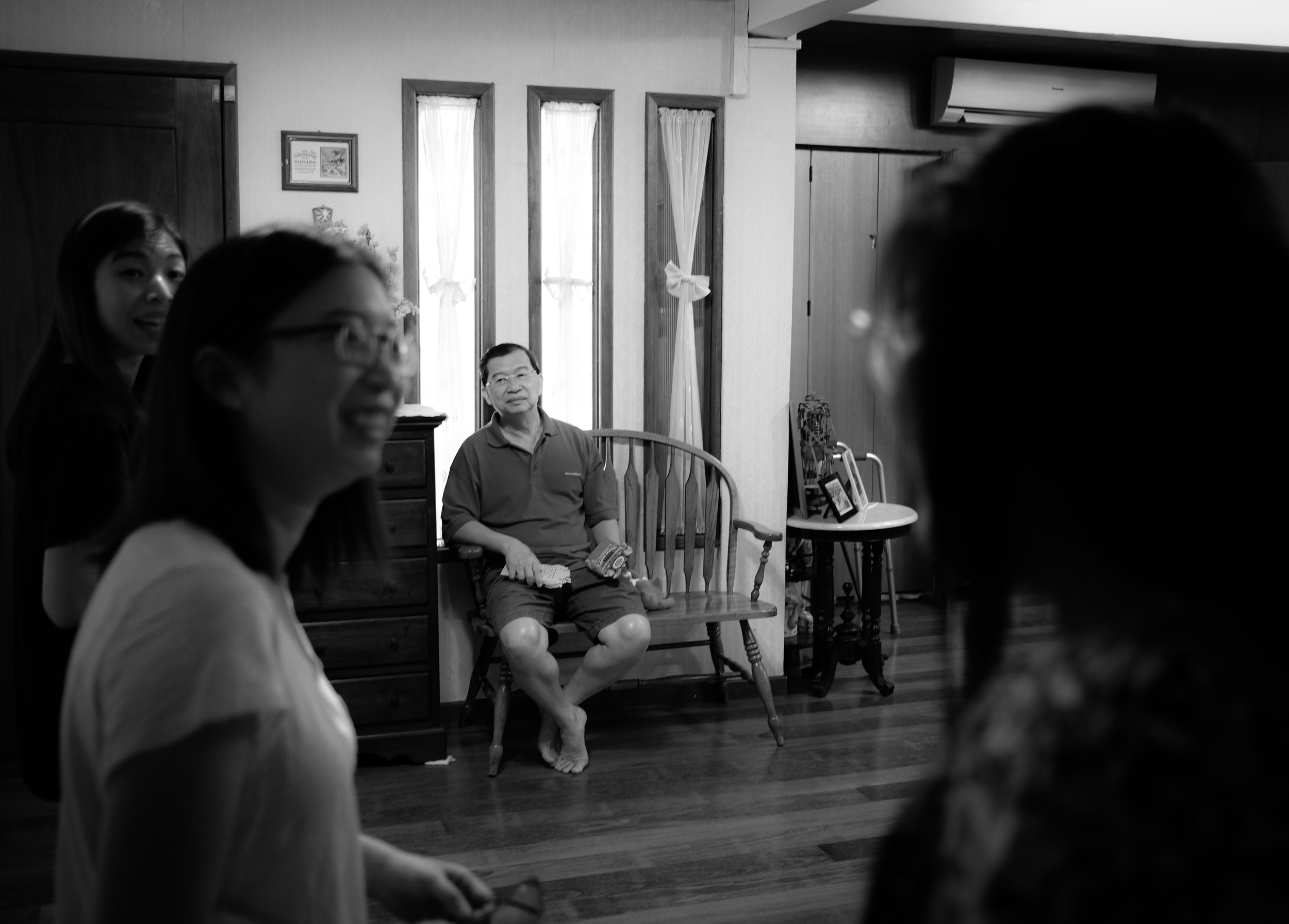this weekend, i picked up a copy of Daidō Moriyama’s How I Take Photographs - if anything just to rekindle some sort of desire to revisit my own photography.
it worked, evidently, because here i am. creation compels creativity etc etc.
anyway, his first advice was to ‘go outside’.
i did not want to.
after almost twenty years of yearning for the outside, ten years of finding it, and a lifetime of making sense of it - i wanted to go back inside.
i wanted to return to the fold. i wanted to go home.
i did not realize that some of the greatest heartbreaks are written by those who spend their whole lives looking for a front porch light that was no longer on.
this photo is me going outside.
it’s a little more than me going outside. it’s me taking a train, a plane, a bus, and a boat to venice. by the water, the wind was strong.
more than anything, during this trip, i marvelled at people marvelling at the beauty around them.
i was very much outside, and the tired beauty of the city tired me out.
out of obligation almost, i took shots of the Ponte dell'Accademia, the Piazza San Marco where a jazz band played - bizarrely - variations on a theme of pirates of the carribean in increasing key transpositions.
it was an established Outside, a systematic exploration of a slice of the Outside that many others had experienced before me.
i put down How I Take Photographs, and took up Olivia Laing’s Funny Weather.
Agnes Martin was a painter who painted with her ‘back to the world’ - a phrase that formed the basis of the title of a 2002 documentary by Mary Lances on Agnes’s life and her work.
I looked up Agnes Martin.
she painted a lot of grids.
she was also diagnosed with paranoid schizophrenia.
her art was mostly about merging and formlessness, which was to me one of the most striking examples of the process of meaning making, a term co-opted by various fields within psychology - social and developmental alike.
according to her, her goal was not to capture the earth as it was, but rather, the ‘abstract glories of being’.
it was joy, beauty, innocence whittled down - quite literally - into rigorous networks of squares upon squares upon squares.
it was painstaking and precise latticework, and it made incredible sense that the Night Sea (1963) was exactly what it was.
for me, it was a comfort, an almost overwhelming comfort, to look through image after image, frame after frame, of all those lines.
just flippin’ lines.
was it that monotony and structure went hand in hand?
(i briefly considered how routine lay at the heart of many a protective factor in a developing child’s life.)
here was a celebration of repetition, baffling and magnetic, and i want an Agnes Martin for my bedroom wall.
this is a photo of me being inside.
my father sits in the center of the frame, presiding over this scene of my sisters laughing.
from left to right, my oldest and younger sister are turned towards our youngest, which is apt, as she is usually the source of all laughter whenever we are together.
my father’s gaze is directed towards my oldest sister and from the years of observing my parents, it is slight concern that i see in his eyes.
back story: at the point this photo was taken, my three sisters and i would be in the same timezone for only another 7 hours. we had flown home from three different continents, and it was my oldest sister who had ferried us each home from the airport at various points of the day.
my father, i imagine, was asking himself the questions that my eldest sister never did - was she hungry? was she tired? would she pass out on the living room floor for a nap again? - the questions she neglected to ask herself until it was too late and we were tiptoeing around her passed out on the living room floor for a nap again.
i am both in and not in this picture, just like my mother. nonetheless, we are both arguably present in the moment that is now immortalised in this space. she is off to the side, preparing for the day ahead, and i am behind the camera, and we are both watching the same scene from different perspectives.
that leads me to think about the world my mother and i have navigated together, but that is a story for another time.
there is an unintentional vignette to this photo, the forms of my sisters creating a barrier so that there is nothing beyond them from where i stand, lined up in order of oldest to youngest.
that, too, is a kind of comfort.
The Tree / Agnes Martin / 1964


